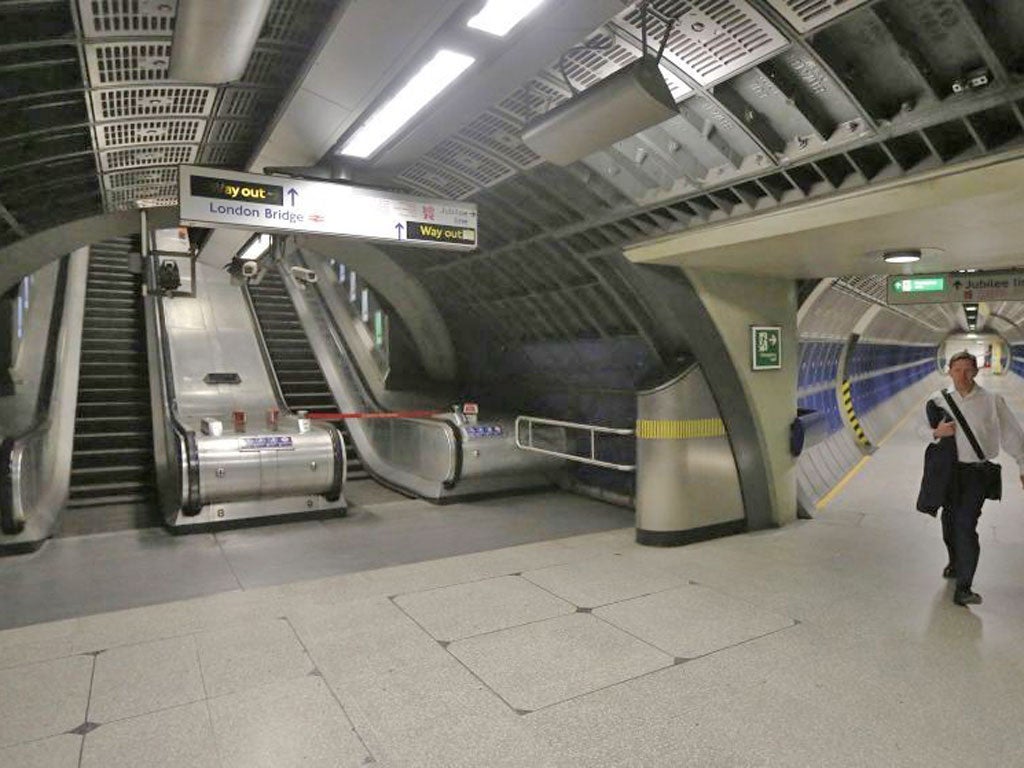It's rush hour in London – so where are all the commuters?
London's transport network appears to have passed its first big test – Monday morning

Londoners, put down your Kendal mint cake and survival blankets: the widely predicted travel chaos which was predicted to hit the capital failed to materialise yesterday, even as the Games were confirmed as the biggest crowd-puller ever held in the city.
Some commuters were mildly horrified to find themselves arriving at their offices extra early, having girded themselves for a gruelling and lengthy journey to work. Letizia, an Italian living in London, complained: "It's nothing like they warned it would be. They said we'd have to queue 30 minutes just to get on the Tube but I ended up getting to work an hour early."
Politicians and Games organisers made sure to give themselves a very public pat on the back. The Prime Minister was quick to point out that he had travelled on the Bakerloo Line and it was "not too bad".
More than two million visitors poured into London over the first three days of the Games and about three million extra journeys are being made on public transport each day on top of the usual 12 million, according to Transport for London.
Yesterday was the first on which commuters mingled with spectators. But travellers, both domestic and foreign, were pleasantly surprised during the rush-hour. Many who would normally have used trains, buses and boats to get to work apparently opted to stay home or find another way in. Commuters had apparently heeded the warnings to avoid London Bridge, one of the main hubs, and the station was nearly empty in the morning peak. "The trains were all excellent today. We had no troubles," said Hugo Brown from Ely, who travelled to the Olympics to support Team GB's Paul Drinkhall in the table tennis. "We had given ourselves extra time to get here and we've actually gotten here in less time than expected."
The road network was also quieter than expected. It was announced that because Jacques Rogge, the head of the International Olympic Committee, and other officials had selflessly opted to take public transport, 60 miles of "Games lanes" reserved for VIPs were being re-opened to the public because they were not needed. .
The Mayor of London, Boris Johnson, said: "It turns out a lot of the Olympic bureaucrat types who could go in the Games lanes … are using public transport. Jacques Rogge himself today took the Docklands Light Railway (DLR), I'm proud to say, and was conveyed in stately style and comfort he'd expect on the DLR.
"A lot of them are doing that and that is good news."
Chris Round, 23, from Boston, Massachusetts, who travelled on the Underground and the DLR to watch the judo, praised his journey. "Nice and easy, it was real easy to get to," he said. "We just got on the first train that came. It was kind of crowded but it wasn't bad, though."
Drivers were reminded yesterday to watch for signs saying 'all traffic use Games lane'
Join our commenting forum
Join thought-provoking conversations, follow other Independent readers and see their replies
Comments